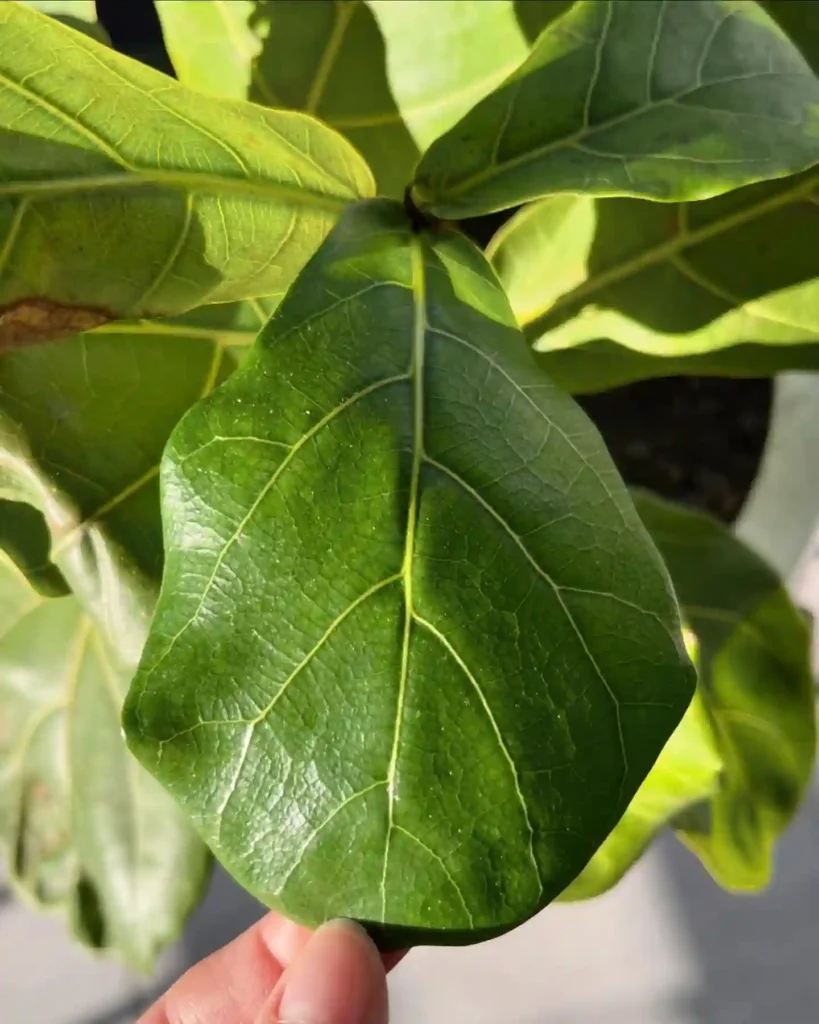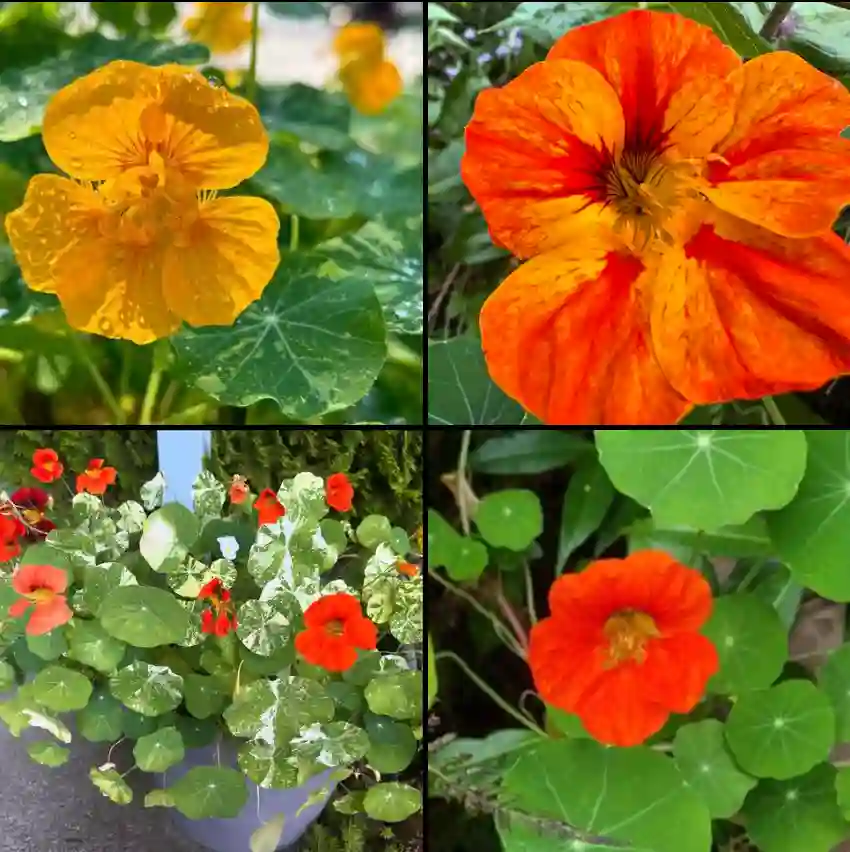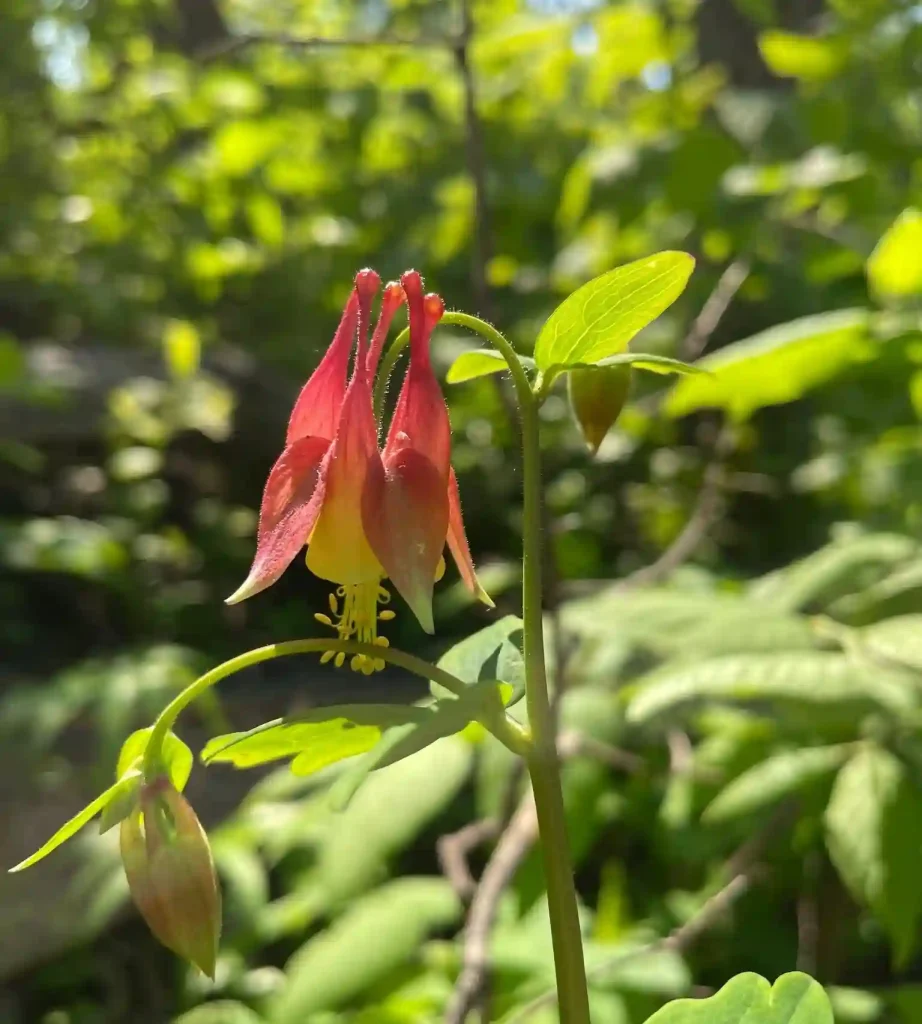The Nelumbo: An Aquatic Wonder
As a plant enthusiast, I’ve always been fascinated by the diverse and beautiful flora our planet has to offer. But there’s one genus that holds a special place in my heart: the Nelumbo, commonly known as the lotus. These aquatic plants are not only visually stunning but also steeped in cultural and religious significance across the globe.
The Nelumbo genus belongs to the Nelumbonaceae family and comprises only two extant species:
- Nelumbo nucifera: The Sacred Lotus, native to Asia and Australia.
- Nelumbo lutea: The American Lotus, native to North America and the Caribbean.
Despite their geographic separation, both species share striking similarities in their appearance and growth habits. They are both characterized by their large, round leaves that emerge from the water on long stalks, and their exquisite flowers that bloom in a variety of colors, from pure white to vibrant pink and yellow.
The Allure of the Lotus
What truly captivates me about the Nelumbo is its ability to thrive in muddy, murky waters, yet emerge pristine and untouched. This characteristic has led to the lotus being revered as a symbol of purity, enlightenment, and rebirth in many cultures, particularly in Buddhism and Hinduism.
The lotus flower’s journey from the depths of the water to the surface, where it blossoms in the sunlight, is often seen as a metaphor for the human spirit’s journey towards spiritual awakening. It’s a reminder that even in the midst of adversity, we can rise above our challenges and achieve our full potential.
A Closer Look at the Species
While both Nelumbo species share a common elegance, they also possess unique characteristics that distinguish them.
- Nelumbo nucifera: This species is often associated with Asian cultures and is widely cultivated for its ornamental beauty, culinary uses, and medicinal properties. Its flowers are typically pink or white and have a delicate fragrance. The seeds, roots, and young leaves of the Sacred Lotus are all edible and are used in various Asian cuisines.
- Nelumbo lutea: This species is native to North America and is characterized by its pale yellow flowers. It was an important food source for Native Americans, who consumed its seeds, roots, and tubers. Although less common in cultivation than N. nucifera, the American Lotus is gaining popularity as an ornamental plant for water gardens.
The Lotus in Art and Literature
The Nelumbo’s captivating beauty and symbolic significance have inspired countless artists and writers throughout history. In visual arts, the lotus motif can be found in ancient Egyptian hieroglyphs, Indian sculptures, and Japanese woodblock prints. In literature, the lotus has been featured in works ranging from ancient Sanskrit texts to modern poetry.
Conservation Efforts
Despite their resilience, Nelumbo populations are facing threats due to habitat loss, pollution, and over-harvesting. Conservation efforts are underway to protect these magnificent plants and ensure their survival for future generations.
My Personal Connection
My fascination with the Nelumbo goes beyond its aesthetic appeal and cultural significance. I’m intrigued by its remarkable adaptations to its aquatic environment, such as its self-cleaning leaves and its ability to regulate its temperature. I believe that studying these adaptations can provide valuable insights for developing sustainable solutions in various fields, from materials science to architecture.
As I continue to learn more about the Nelumbo, I’m constantly amazed by its resilience, beauty, and symbolism. It’s a plant that truly embodies the wonders of nature and serves as a constant source of inspiration.
I hope this article has shed some light on the fascinating world of the Nelumbo. Whether you’re a seasoned botanist or simply appreciate the beauty of nature, I encourage you to take a closer look at this remarkable genus and discover its wonders for yourself.




